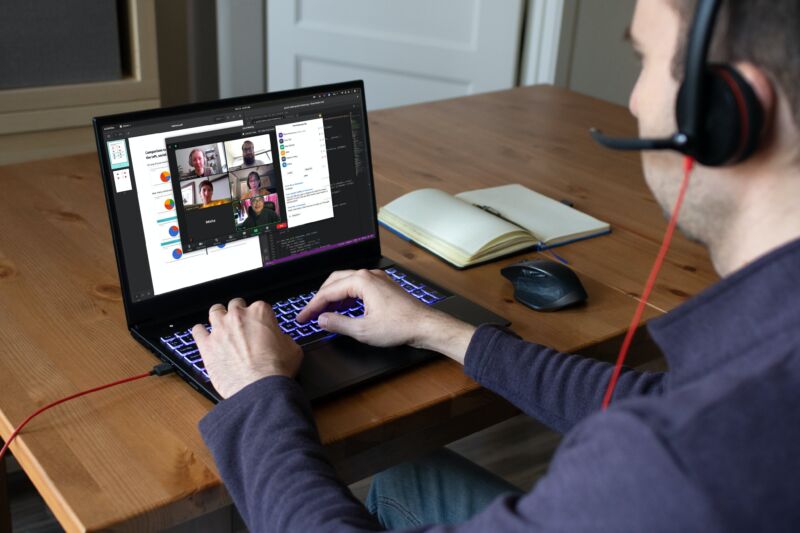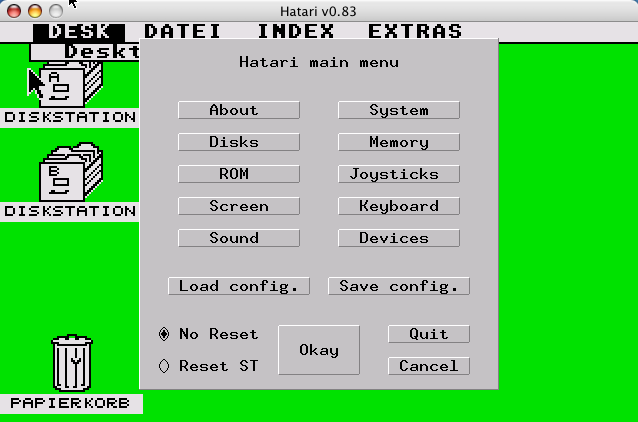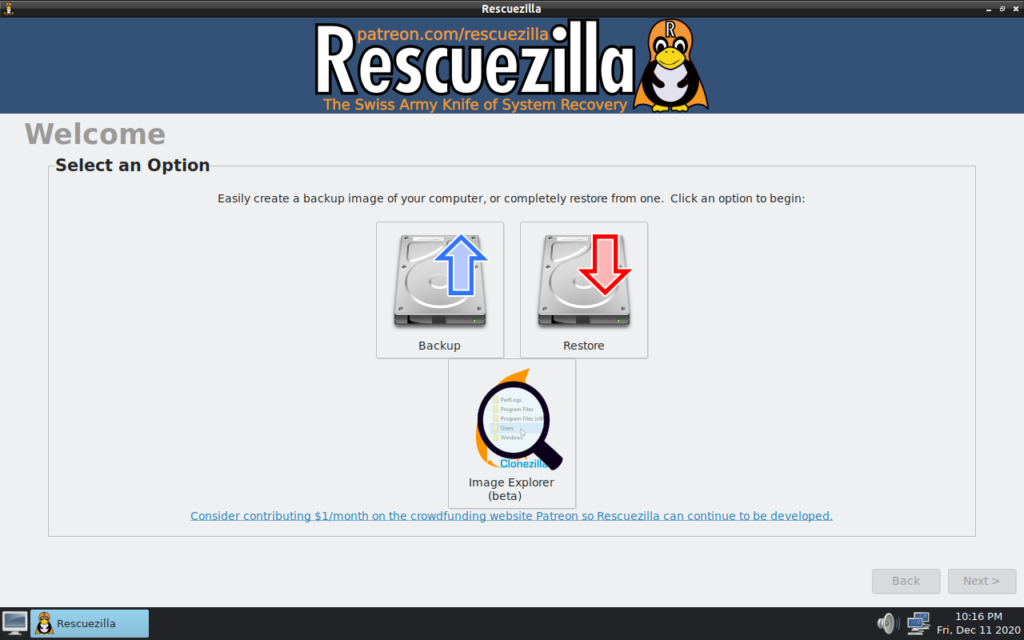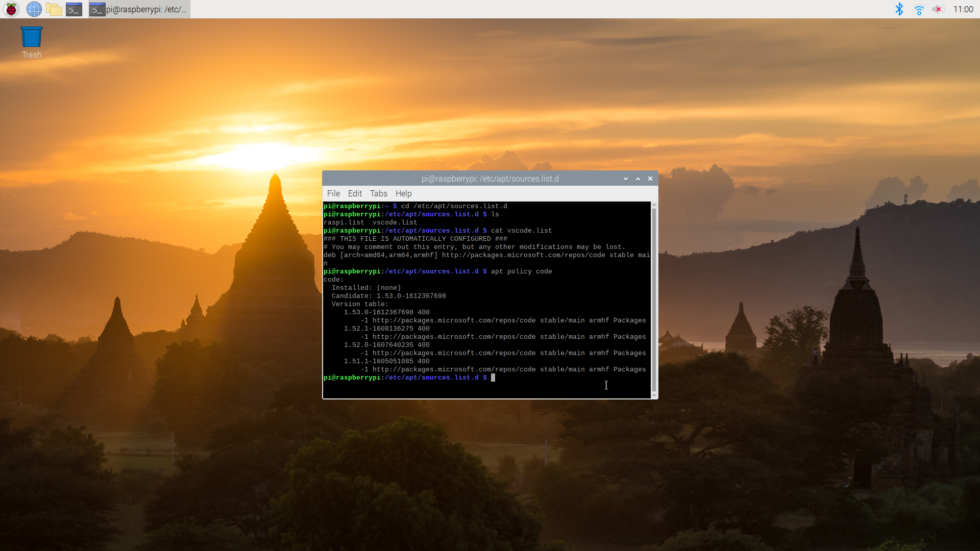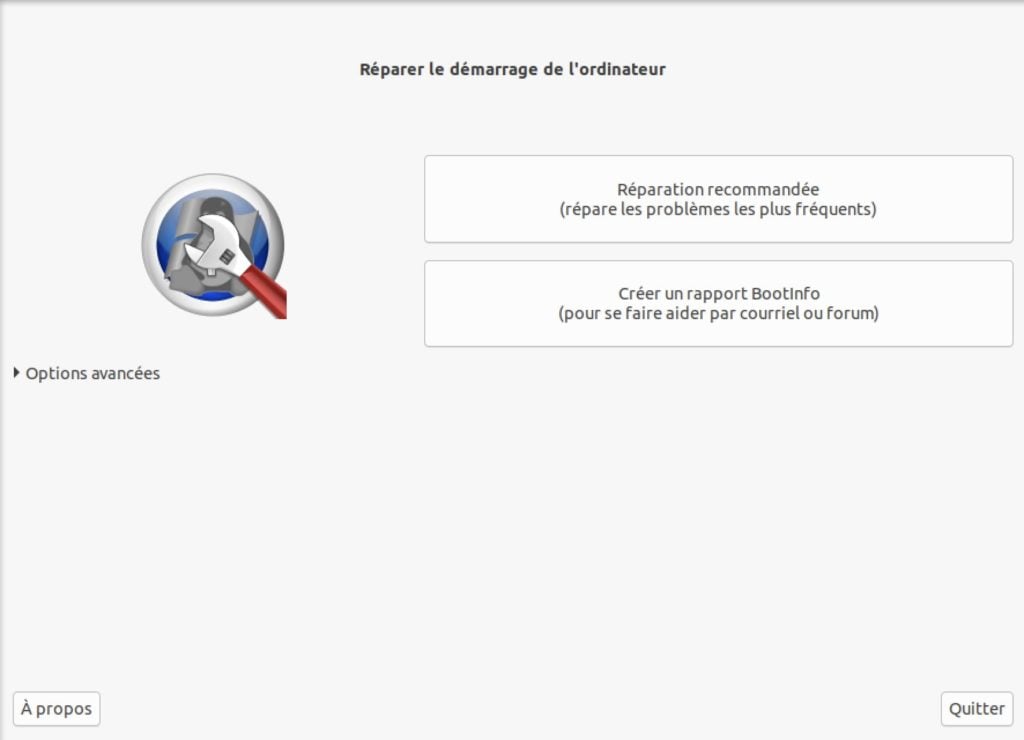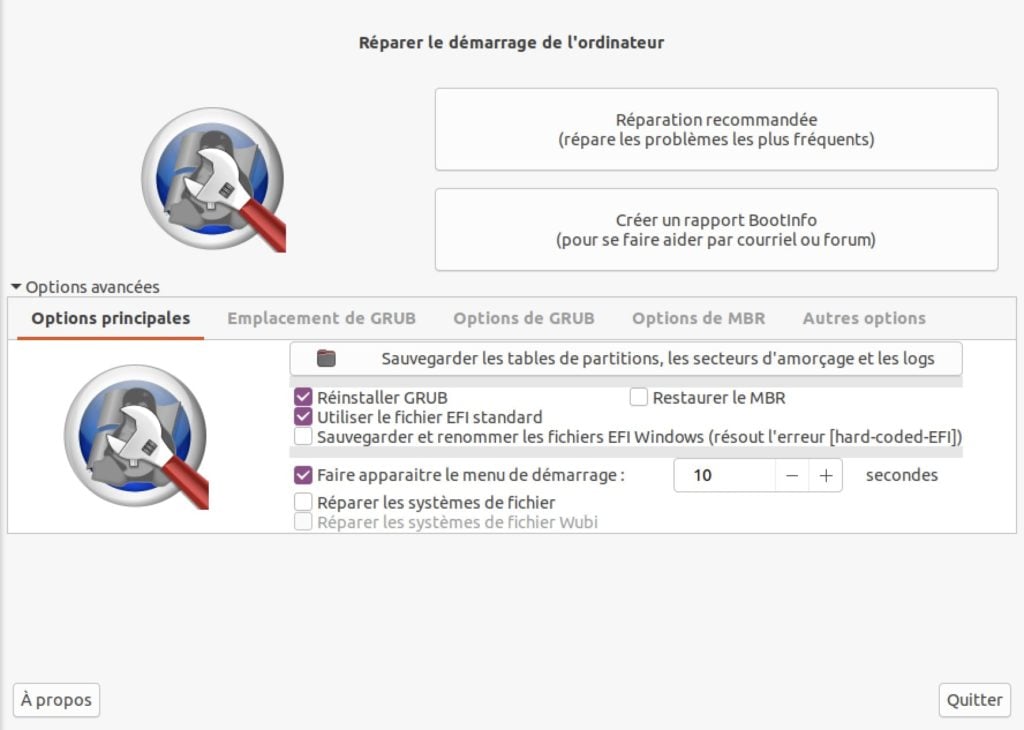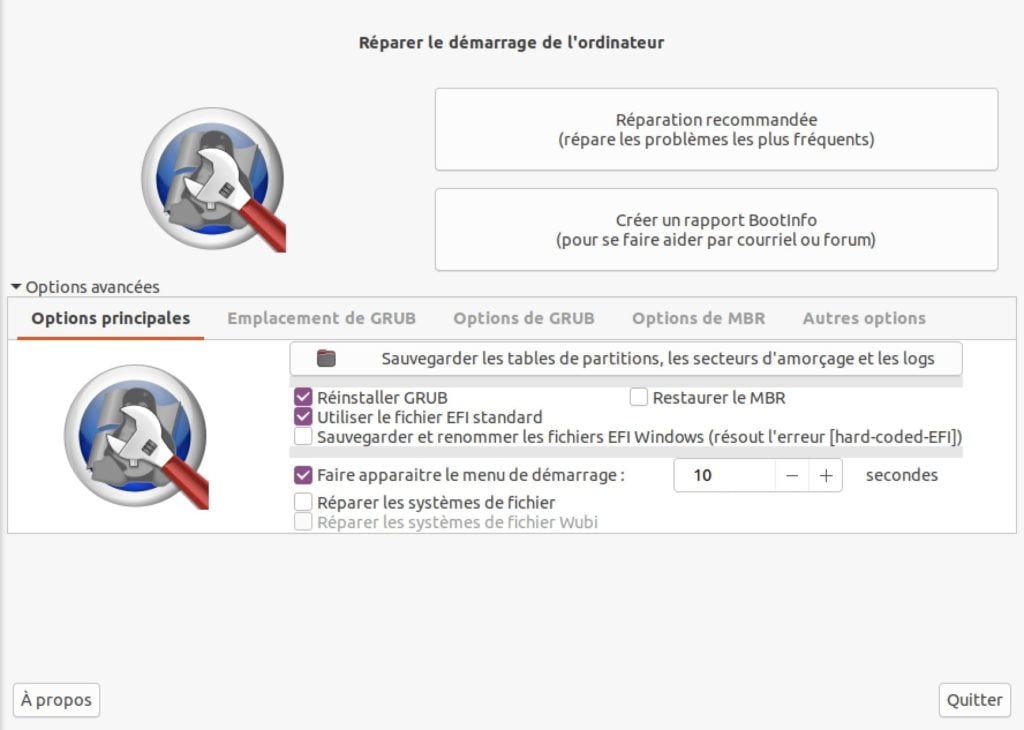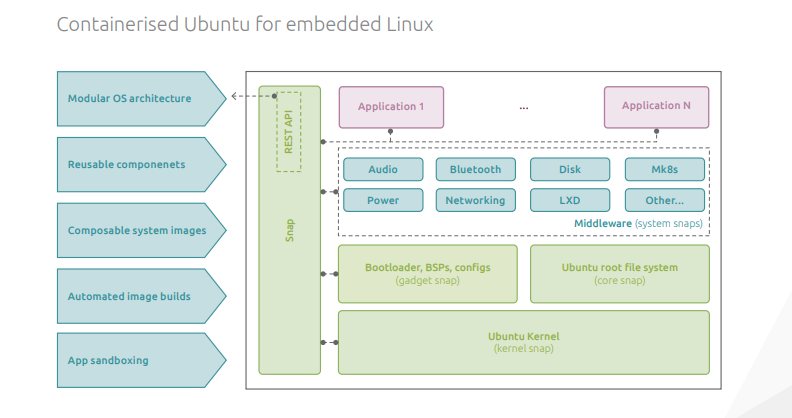-68% 3,3€/mois durant 2 ans
Protection en un clic, fonctionnalité Kill Switch, masquage de votre adresse IP, prise en charge des partages de fichiers en p2p, protection contre les malwares et les pubs, streaming sans interruption, test de fuite DNS et même possibilité de coupler l’outil avec l’anonymat de The Onion Router … sont quelques-unes des autres options disponibles.
NordVPN a tissé une toile de serveurs dans le monde entier (plus de 5 500 dans 60 pays) permettant ainsi de se localiser dans la zone géographique de son choix. Vous avez envie d’un Anime japonais ou bien d’une exclusivité US ? Aucun problème. À vrai dire, vous pouvez même vous localiser en France en cas de déplacement à l’étranger.
En complément de cet impressionnant réseau, NordVPN a aussi développé la fonctionnalité SmartPlay qui permet d’accéder en toute sécurité aux contenus qui sont normalement inaccessibles. C’est un système de SmartDNS performant qui ne nécessite pas d’intervention complexe, vous profitez d’une connexion sécurisée et vous visionnez le contenu de votre choix en streaming sans vous prendre la tête.

